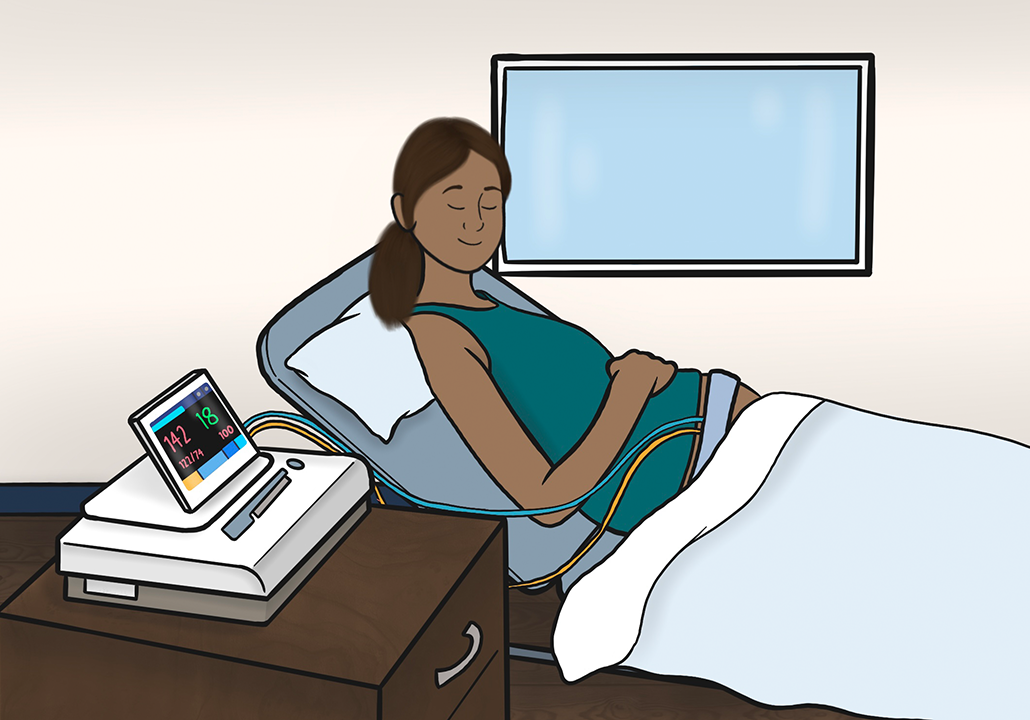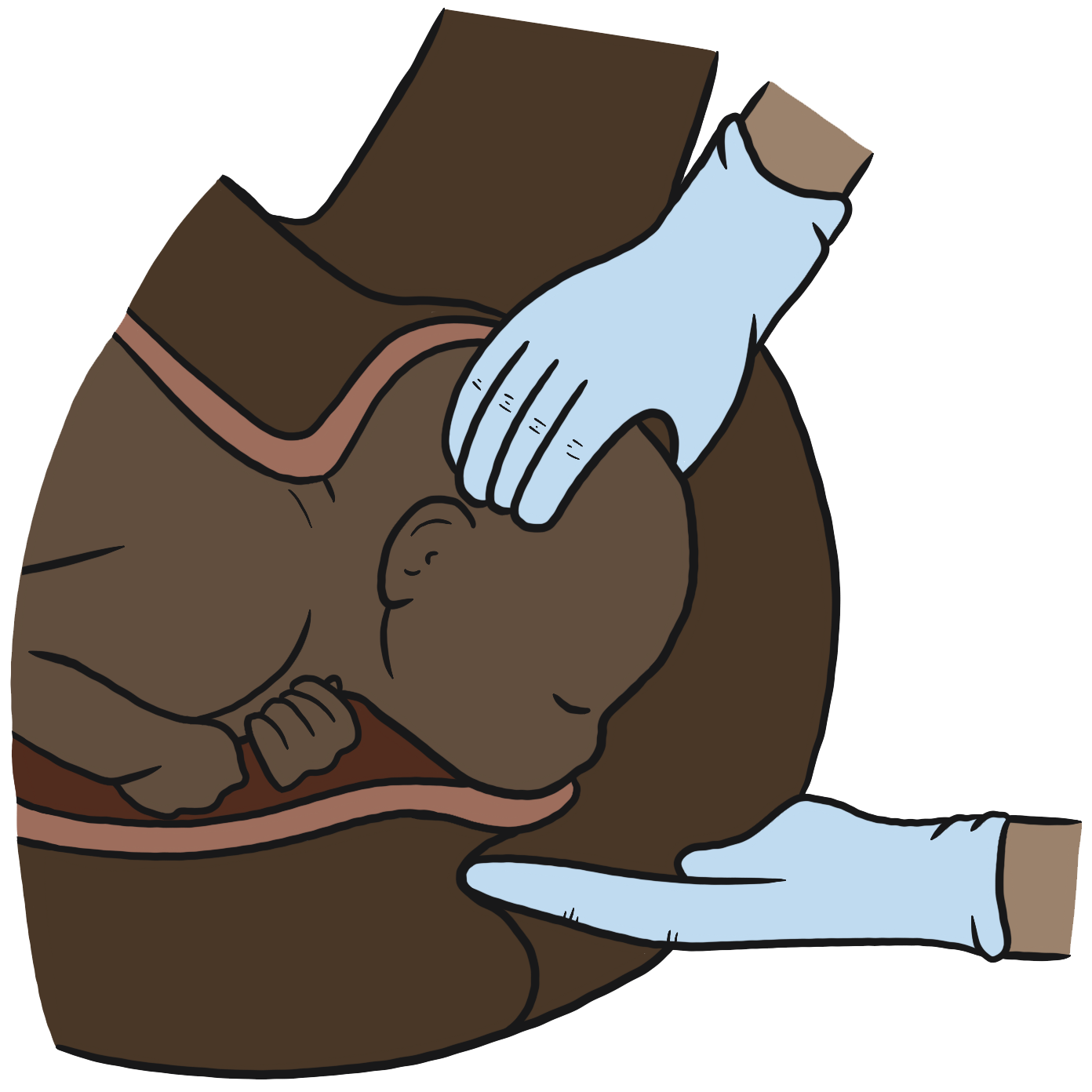Benefits of Antenatal Education
There is a failing in our school system, and it is that despite all of the sex education and reproductive biology that we may have all had to giggle through, there is nothing – and I mean nothing – on birth itself, beyond the fact that the baby comes out (cue more giggles).
This leaves us open to messages from multiples sources with no way to validate their veracity. My first birth experience was, like so many of my peers, watching Michelle Fowler give birth to Vicki on Eastenders in 1986 (I was 13). The sweat and the pushing terrified me – but I learnt that women give birth on their backs, and that it hurts.
Over the course of the next few years I learnt that birth happens by the waters breaking somewhere inconvenient immediately followed by screaming agony, that stirrups were essential and that the most important thing was that someone was there to say “good girl” in a patronising manner (imagine a doctor saying “good boy” to a grown man). Leave your dignity at the door. Birth is inherently dangerous. Our bodies can’t be trusted.
When I was pregnant with my first baby I joined a private antenatal class, and quickly realised that I needed to unlearn what I had learnt. It turns out that how each person’s birth goes can very often be significantly impacted by the decisions that they make, and having the knowledge to make those decisions can mean the difference between a good birth and a traumatic birth. I learnt that while we can’t always control nature, we can avoid undermining it. And I learnt that if things really do go wrong – because they can, even with the best birth preparation – being prepared means that the birth is still more likely to be a positive experience.
What do you learn in antenatal classes?
The most critical thing that you should learn in your antenatal class is that your body is your own and, legally, only you can make decisions about what happens to it. No one has the right to put their fingers in your vagina without your consent, or to give you drugs, or to do an induction, and consent means understanding the benefits and risks, not just saying “yes” or “no”.

Sometimes midwives or doctors suggest that an intervention or test should happen, but in fact there are usually a number of options (including doing nothing), and sometimes the individual pregnant woman or person may decide that a different option is preferable to them. Asking questions about alternatives, and the benefits and risks of each alternative is one of the most powerful ways that we can remain in control of what happens in birth. We may agree, or we may disagree with the midwife or doctor, and we are making the decision for ourselves, which is hugely empowering.
It is incredibly powerful to learn how our birthing bodies really work. Birth is an intimate dance between mother and baby, a dance of hormones, mechanics and also our minds. How we feel in our birth – safe, comfortable, cared for – influences how well our birth hormones are released. This is a safety mechanism that all mammals have, so that their labour can stop until they get to a safe place if needed, and it’s something we have little control over. If we don’t feel safe, labour may be stop-start, or it might slow down or stop completely because our brains think that we have a tiger to get away from! Think about all your friends who have experienced “failure to progress” (a terrible term), or whose contractions stopped when they got to hospital. Usually, the place a person is in and the people around them are the reason. Learning how to create a safe and comforting space around you – and who to have in it – is an integral and essential part of your antenatal sessions.
The mechanics of birth are absolutely fascinating. Did you know that our babies help themselves to be born by wriggling and rotating in labour? When we feel labour pain that feels better if we move, that’s the dance between our body and our baby’s body; it’s a message telling us what is needed to help our baby to travel from the inside to the outside. We are doing it together – teamwork – and being on our backs hugely inhibits this from happening. In your antenatal classes you’ll learn so much more about this, about birth positions and movement, and what you can do to help the birth process – and, crucially, what hinders it.
How can we really plan our births? We don’t know what will happen, so what can we actually plan for? The answer is a huge amount, and it’s incredibly valuable to do so. Your antenatal classes will help you to think about what might be right for you in different situations. For instance, if you have an in-labour caesarean (sometimes called an emergency caesarean, although it’s not always an emergency, we called this unplanned) would you like to hold your baby skin to skin straight away? If so, you need to plan for this so that you can have your gown so it’s open at the front or not even be wearing one, and the sticky tabs monitoring you put onto your back. You can talk about these simple but powerful decisions in your antenatal classes and learn about options that you may not even have known exist. Each of them helps you to have a positive birth, even if it’s not the birth you might have wanted. Birth plans are powerful and important and your antenatal classes help you with this.

It’s all very well knowing that you have the right to make decisions for yourself, but it’s also so important to be able to understand how to interpret the options that may be available. One important thing that you will learn more about in antenatal classes is how to understand data that is presented to you.
For instance, if you are told that if you have a specific medical condition which means that you have twice or three times the risk of it affecting your baby than people who don’t have the condition, that sounds pretty scary. However, the only thing that matters is the actual numbers. Let me explain.
Let’s say that you take a particular medication which you don’t want to stop taking, but that medication is known to lead to double the chance of a specific heart defect in babies. To be able to really understand what this means you need to know how many babies are born with this heart defect without the mother having taken the drug.
– If one in 5,000 babies are born with this heart condition, double this risk means that 2 in 5,000 would have it (or 1 in 2,500) when their birth parent takes this drug.
– If 1 in 100 babies are born with this heart condition, double this risk means that 2 in 100 would have it (or 1 in 50) when their birth parent takes this drug.
These two figures are still “double the risk” but the actual figures are what really matter.
In your antenatal class you will learn fascinating and informative information like this which will help you to navigate the twists and turns of the maternity service, and understand the huge amounts of information that you will be presented with.
In summary, antenatal classes help you to be empowered, be informed and be best prepared for a positive and enjoyable birth. We invest so much in the other life changing days of our lives: weddings, christenings, even special birthday parties. Let’s invest in our births. Every parent deserves really good antenatal classes. They are a gift to ourselves, and our babies, which help us to prepare for one of the most significant days that we will ever experience.




